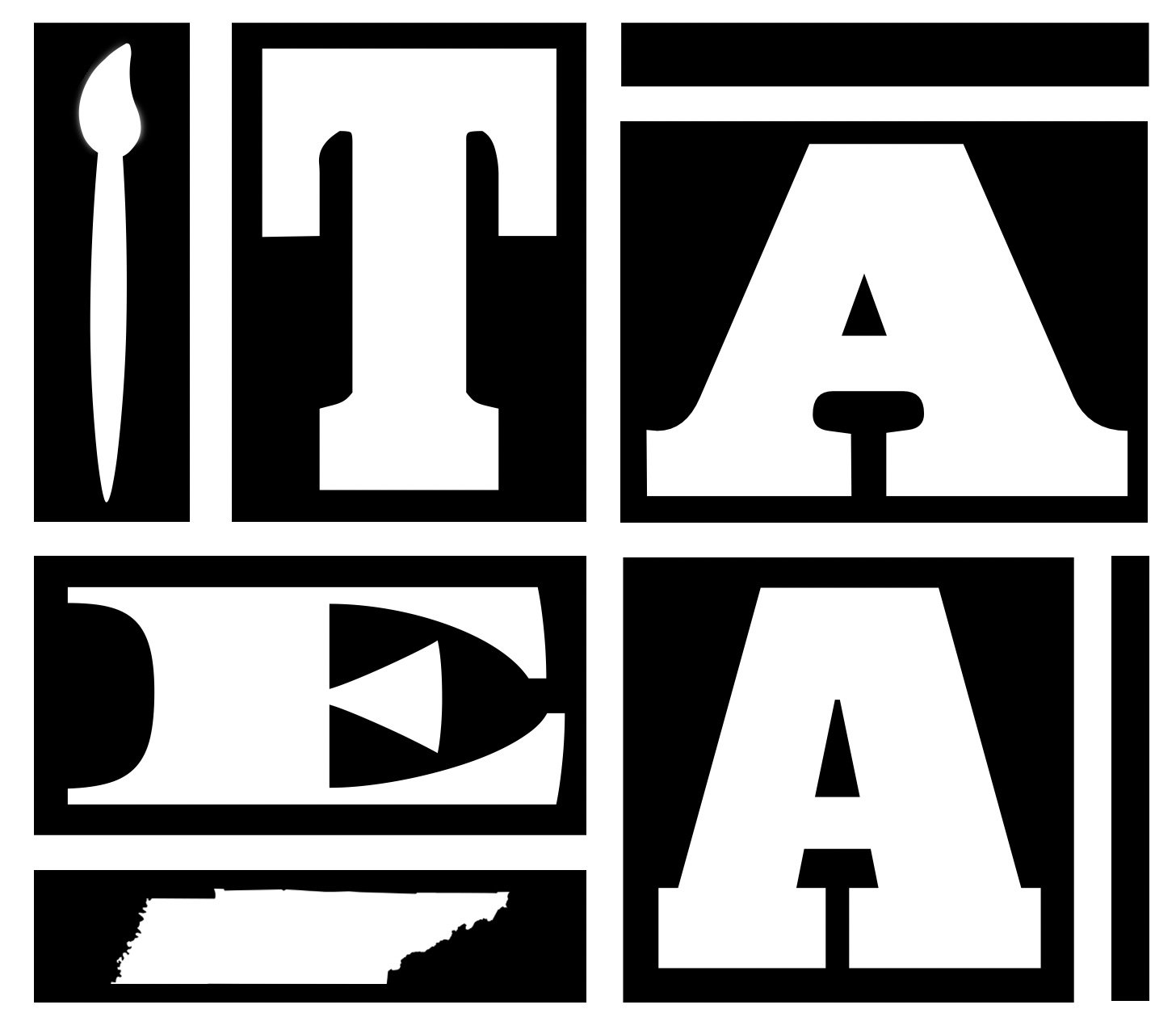Equity, Diversity, & Inclusion
Check out NAEA’s new E, D, & I Resources
NAEA Position Statement on Diversity and Inclusion in Visual Arts Education
[Adopted April 2014; Reviewed and Revised March 2017; Reviewed and Revised March 2022]
JUNE 1, 2022
NAEA is committed to the important role of visual art education by providing and promoting more just, inclusive learning communities in local and global contexts, and encompasses and champions diversity as an integral part of the mission of visual art education. The mosaic of our global humanity is enriched and expanded by the inclusion of all peoples and cultures.
NAEA acknowledges visual art education as a cultural and social responsibility, in which educators and learners collaboratively explore, respond, respect and react to the values, practices and beliefs of cultures in a complex and multifaceted society. Recognizing that a multiplicity of perspectives fuels the practice of democracy and engaged citizenship, NAEA promotes a vision of equity, diversity and inclusion that empowers the full and just participation of all in programs, policy formation, and decision-making, making sure that all voices are heard. Visual art education should foster safe and brave spaces for discourse and freedom of expression through exploration of self and the lives of others, personal interests, and cultural heritage, and belonging through the visual arts.
NAEA encourages collective and deliberate efforts to identify and address both unintended and intended barriers arising from bias, discrimination, racism and systemic structures that limit diversity and inclusion within visual arts education. vision of diversity in visual art education supports socially just practices and policies that provide and promote increased awareness, understanding, and acceptance of individual and group identities that affect all human interactions.
NAEA Position Statement on Equity for All Learners
[Adopted March 2012; Reviewed 2015; Reviewed and Revised March 2020]
JUNE 8, 2020
Visual arts education is committed to goals that advocate excellence, equity and inclusivity for all learners through differentiated educational opportunities, resources, communities and systems of support. A successful art education program respects a range of diversity in the uniqueness of all learners, their similarities, differences, and learning characteristics. Included in the range of diversity are learners who are underserved, typically these include marginalized identities around race, gender, sexual orientation, socioeconomic status/class, and disability/ability.
Art educators should incorporate learners’ prior knowledge and experience into practice by respecting and valuing their learners’ unique strengths through creating equitable learning environments. Instructional materials should present diverse populations as role models in various aspects of the visual arts. To this end, instruction and assessment should be designed so that all learners, based on their abilities and backgrounds, are afforded opportunities to communicate what they know, understand, and are able to do through the visual arts.
Resources
National Art Education Association
Investigate NAEA’s resources and positions on this topic
Anti-Racist Art Teachers
What an incredible resource full of lessons and information about everything from representation to cultural appropriation. Be sure to join their book club!
Learning for Justice
Learning for Justice includes classroom resources, professional development, and publications.
Art of Education University
Among the many things offered by the Art of Education University, their online magazine offers insight on many topics, including E,D, &I.




